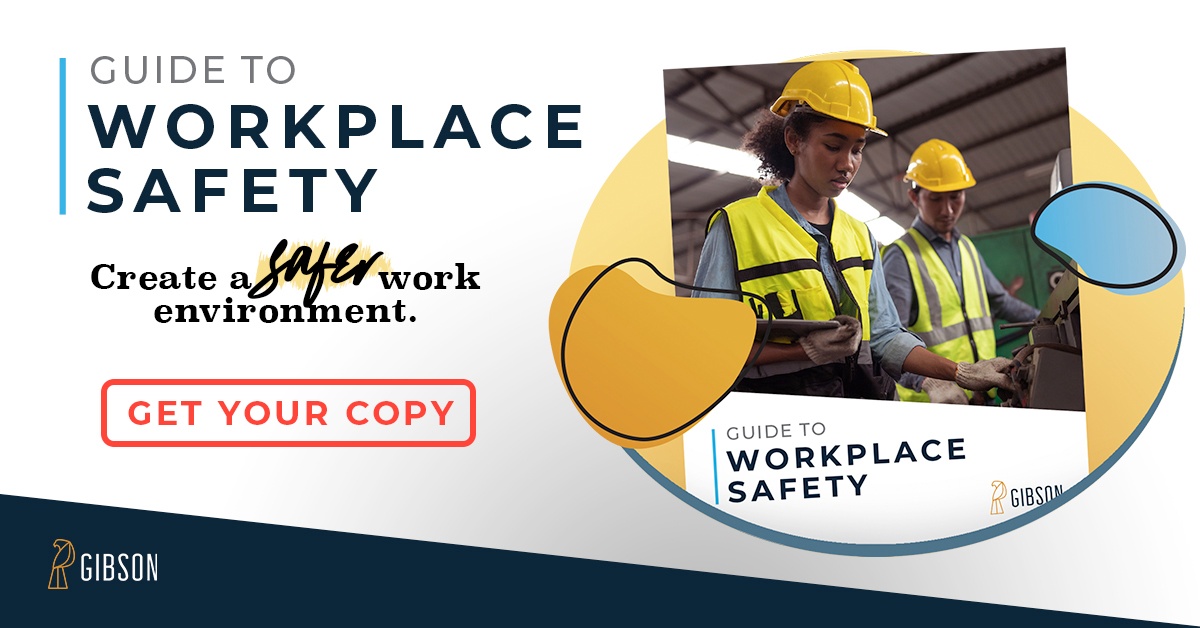Non-Compliance Is Costly
As a federal regulator, OSHA has come under fire by employers for the usual reasons people criticize federal mandates: mounds of paperwork and an obsession with endless detail. Yet an accident on the job can cost an employer millions, beginning a complicated cycle that piles expense upon expense.
For example: Clark Jones, your best machine operator, seriously cuts himself because his machine lacks a guard. Clark's arm injury prevents him from working for six weeks. As a result of Clark's absence, productivity declines.
To stay on schedule, you pay other employees overtime. And despite the fact that you are paying top dollar for their work, these employees are less productive because they are fatigued. Tired employees are also prime candidates for work-related injuries.
Since Clark's injury is serious, the problem compounds itself with the addition of workers' compensation payments.
Furthermore, in the face of what appears to be serious nerve damage, Clark brings suit against the manufacturer of the machine that caused the injury. The manufacturer retaliates and sues you for negligence.
Clark's injury becomes an apparently never-ending financial nightmare. As this example demonstrates non-compliance with OSHA standards can become a costly and unnecessary risk.
Planning To Avoid Risks
You can guard against accidents and OSHA citations by creating a self-inspection procedure. Here's how:
- Educate your staff. Your people should have a working knowledge of OSHA standards and regulations within your field.
- Appoint a company "inspector" who will routinely evaluate your workplace to conduct "self-audits."
During your self-audit inspections, keep these questions in mind:
- What is your current situation?
- If an OSHA inspector appeared at your door today, how would you fare?
- What areas need to improve equipment?
- How are employee & management attitudes?
- Are there training opportunities?
Here's a brief checklist of general areas to examine in your self-audit.
- required employer postings
- recordkeeping
- medical services and first aid
- fire protection
- personal protective equipment
- general work safety environment
- floor and wall openings
- evacuation plan
- tools and equipment
- environmental controls
- electrical safety
- accident investigation
Who Can Be Inspected & Why
OSHA regulations state that OSHA can inspect any factory, plant, construction site, establishment, or other workplace to investigate all pertinent conditions, structures, machines, equipment and materials without notice.
OSHA inspectors, sometimes called compliance officers, prioritize inspections in the following order:
- Imminent danger situations - top priority is given to hazards that could cause death or serious physical harm. Employers must immediately correct or remove employees from the facility.
- Fatalities and catastrophes - incidents where three or more employees die or are hospitalized. Employers are required to report such incidents within eight hours.
- Complaints - allegations of hazards or violations by employees.
- Referrals - reports of hazard information from federal, state or local agencies, individuals, organizations or the media.
- Follow-ups - verification by compliance officers that previously cited violations are corrected.
- Combustible dust fire and explosion prevention - inspections of high-hazard industries or workplaces with high rates of injuries and/or illnesses.
- Random audits - even employers with clean safety records may be subject to OSHA inspection.



